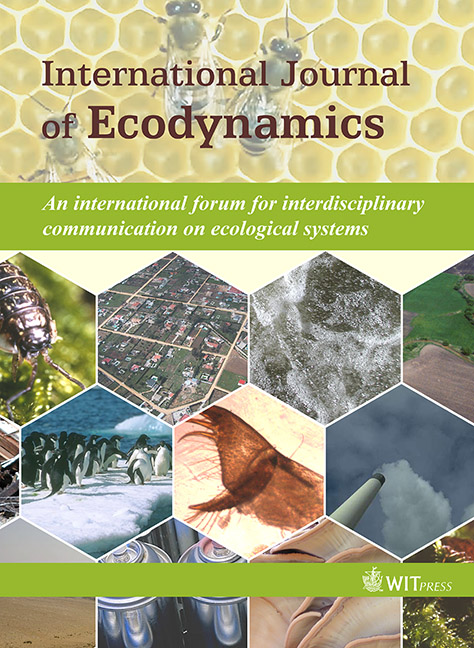Numerical simulations for the design of a multi-functional artificial reef for Leirosa coast, Portugal
Price
Free (open access)
Volume
Volume 2 (2007), Issue 2
Pages
8
Page Range
124 - 132
Paper DOI
10.2495/ECO-V2-N2-124-132
Copyright
WIT Press
Author(s)
M. Ten Voorde, J.S. Antunes Do Carmo, M.G. Neves
Abstract
A multi-functional artificial reef (MFAR) is a relatively new kind of coastal structure that can have several functions. The main possible functions are the protection of the local coastline against erosion, increasing the possibilities of local surfing and enhancement of the marine ecosystem in the area. This article elucidates these three functions. For the coast of Leirosa, a small town located in the north western coast of Portugal, a MFAR is a possible solution to protect the local coastline. For the design of the MFAR geometry for the Leirosa coast, some parameters have to be defined, such as the length of the reef slope and the offshore distance of the structure. The use of a numerical model allowed for simulations of the evolution of regular and irregular waves over a variable bathymetry. Several cases have been run for different slopes of the reef and for different offshore distances of the structure, as well as for different dimensions of the crest of the structure. The analysis focused on the influence of the length of the slope on the breaker type and on the characteristic length determination of a broad-crested structure like a MFAR. The results indicate that the depth of the platform has a large influence on the breaker type and no clear differences in the current patterns were found for different distances from the shoreline to the base of a broad-crested structure or from the shoreline to the apex of the structure crest.
Keywords
geotextile sand containers, marine ecosystem enhancement, multi-functional artificial reefs, numerical simulations




